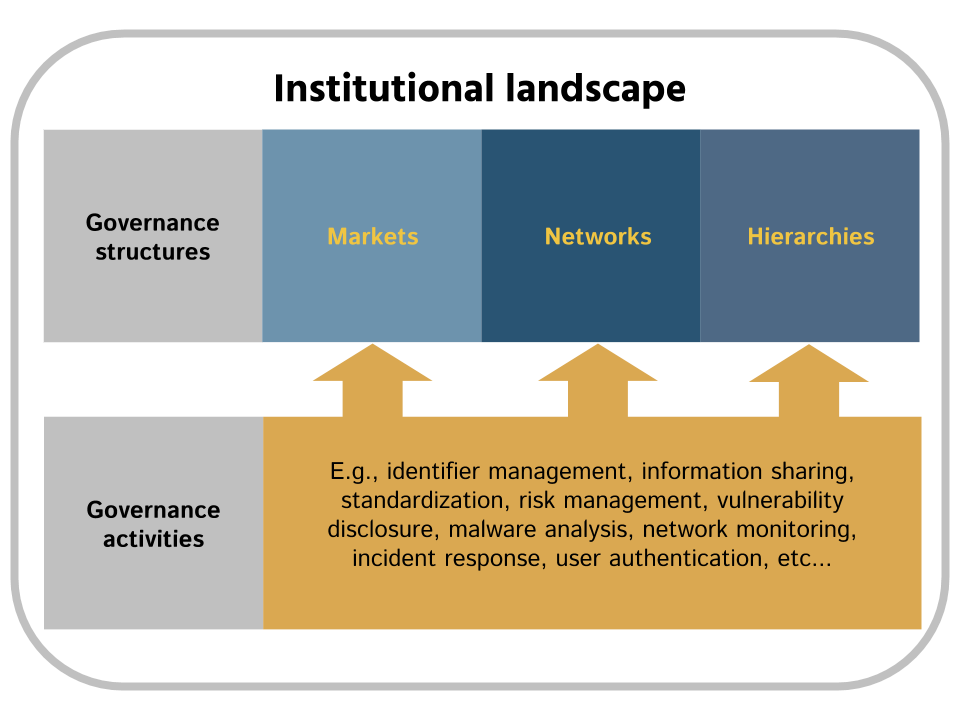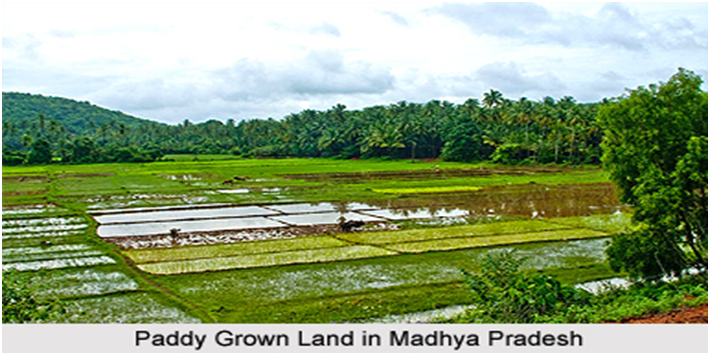Agro techniques-कृषि तकनीक
Crop rotation (Phasala chakra)
Mixed cropping
Multiple-cropping
Rotten cropping (Saṛē phasala)
Mixed farming
Inter cropping (Iṇṭara phasala) –
Cropping pattern (Phasala pad'dhati)-
Answer the following
Q. which of the following is the correct order of agricultural practices ? ( MPPSC -2023) ch- 2e
(a) Soil preparation- Irrigation Sowing - Harvesting
(b) Soil preparation – Sowing- Irrigation- Harvesting
(c) Sowing- Harvesting- Irrigation- Soil preparation
(d) Soil preparation- Irrigation- Harvesting- Sowing
Ans: B Soil preparation – Sowing- Irrigation- Harvesting
Q- How is permaculture farming different from conventional chemical farming? (IAS Pre 2021)
1. Permaculture farming discourages monocultural practices but in conventional chemical farming, monoculture practices are predominant.
2. Conventional chemical farming can cause increase in soil salinity but the occurrence of such phenomenon is not observed in permaculture farming.
3. Conventional chemical farming is easily possible in such regions.
4. Practice of mulching is very important in permaculture farming but not necessarily so in conventional chemical farming.
Select the correct answer using the code given below.
(a) 1 and 3 (b) 1, 2 and 4 (c) 4 only (d) 2 and 3
Ans- Ans) b
Exp) Option b is correct.
Statement 1 is correct. Permaculture is a totally integrated design system that’s modelled on nature. Permaculture farming promotes multicropping and integrated farming systems. Agroforestry is its example.
Chemical farming is more suitable for monoculture cropping due to use of crop specific inputs like irrigation, chemical fertiliser and harvesting methods.
Statement 2 is correct. Chemical fertilizers will make the soil less fertile over time, which can lead to serious problems like soil salinisation. But such problems are not seen in permaculture farming as it relies on organic fertilizers.
Statement 3 is incorrect. Chemical farming is based on intense use of inputs like Chemical fertilizers and irrigation that make the soil less fertile over time, thus restricting its practise in semi-arid region. Thus, conventional farming is not suitable for semi-arid regions.
The concept of permaculture involves well-designed systems don’t produce waste and permaculture tries to mimic well-designed systems. Thus, permaculture tries to take into account the local conditions like arid climate. This helps in developing a suitable system to ensure sustainable production.
Statement 4 is correct. Mulching is an important component of Permaculture systems for promoting maximum efficiency.
Chemical farming does not consider it as essential, so farmers in general do not use mulching.
Q- In the context of India’s preparation for Climate-smart Agriculture, consider the following statements: (IAS Pre 2021)
1. The ‘Climate-Smart village’ approach in India is a part of a project led by climate change, Agriculture and food security (CCAFS), an international research programme.
2. The project of CCAFS is carried out under Consultative Group on International Agricultural Research (CGIAR) headquartered in France.
3. The International Crops Research Institute for the Semi-Arid Tropics (ICRISAT) in India is one of the CGIAR’S research centers.
Which of the statements given above are correct?
(a) 1 and 2 only (b) 2 and 3 only (c) 1 and 3 only (d) 1,2 and 3
Ans) d
Exp) Option d is correct.
Statement 1 is correct. The Climate-Smart Village project in India is a program of CGIAR Research Program on Climate Change, Agriculture and Food Security (CCAFS). The CCAFS started piloting the Climate-Smart Village in 2012 in Africa (Burkina Faso, Ghana, Mali, Niger, Senegal, Kenya, Ethiopia, Tanzania, and Uganda) and South Asia (Bangladesh, India, and Nepal).
Statement 2 is correct. Climate Change, Agriculture and Food Security (CCFAS) is carried out under CGIAR (formerly the Consultative Group for International Agricultural Research). Headquarter of CGIAR is in Montpellier, France. CGIAR is a global partnership that unites international organizations engaged in research about food security.
Statement 3 is correct. International Crops Research Institute for the Semi-Arid Tropics (ICRISAT) is a CGIAR Research Center. ICRISAT is a non-profit, non-political public international research organization that conducts agricultural research for development in Asia and sub-Saharan Africa with a wide array of partners throughout the world.
Q- Match List - I with List - 11 and select the correct answer using the codes given below: ( MPPSC PRE- 2020)
List-I List-II
(Economic Activity/ Agricultural region) (Country)
a. Commercial dairy farming 1. Argentina
b. Commercial grain farming 2. France
c. Commercial plantation farming 3. Denmark
d. Commercial fruits 4. Malaysia
Codes: a b c d
(A) 3 1 4 2
(B) 1 2 3 4
(C) 4 3 2 1
(D) 2 4 1 3
Ans-(B)
-----------------------------------



.jpg)
.jpg)
.jpg)
.jpg)
.jpg)
.jpg)





